January 18, 2021
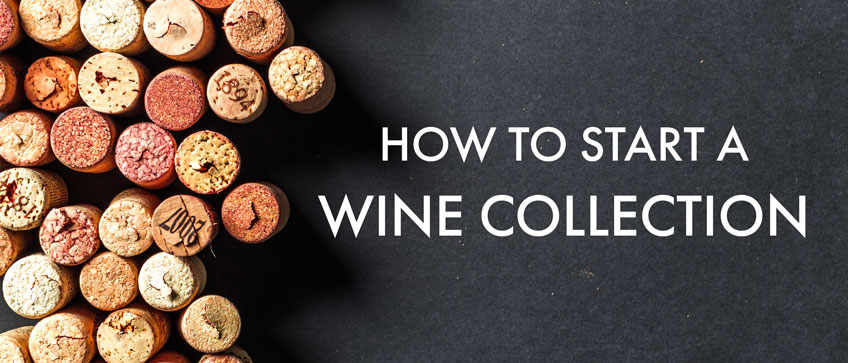
So, you've decided to start a wine collection. Good idea! Starting a wine collection doesn't simply mean going out and getting wine. While you could start buying wine without a care, planning will allow you to have a rich, growing collection with wide variety. Getting started can be an overwhelming task, so we created a simple guide for developing a collection you'll be proud to show off.
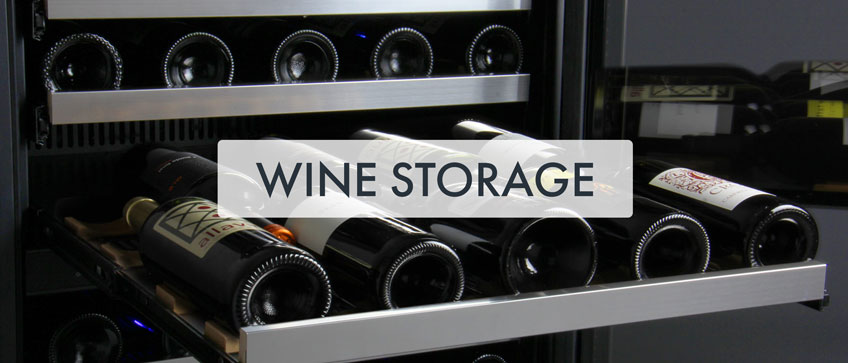
Wine Storage
Before you even think about purchasing wines, you need to consider your storage space and capacity. Additionally, proper storage of your wines will not only ensure preservation of your aging wines but also, allows you to serve your wines at the perfect temperature. Determining your wine storage is the essential first step for starting a wine collection and we think the best beginner storage solution is a wine refrigerator.
Capacity
A wine refrigerator is an affordable and effective means to create the ideal environment for storing aging wines and wines for serving. They also come in a variety of styles and capacities to suit your home and your collection. Our general rule for approximating how much capacity you will need is:
Bottles Purchased per month(x 2) + Current Collection - Bottles Consumed per month = Approximate Capacity You'll Need
Example:
Purchased per month: 5 (multiply this by 2)
Current Collection: 30
Bottles Consumer per month: 2
5(2) + 30 - 2 = 32 Bottle Capacity
Preservation
Temperature Control
Temperature control is pivotal for protecting your aging wines! You want to maintain a constant temperature between 50° and 59° for serving or preserving your wines. Read our article about recommended wine storage temperatures to learn more. Even the smallest fluctuation in temperature can be detrimental for aging wines because as they age, they become more delicate. The most economical means to store and maintain consistent temperature for your wines is purchasing a high quality wine refrigerator. One of our favorite technologies developed to maintain consistent temperatures is Allavino's Tru-Vino technology. We have an in-depth article about this technology here.
Serious wine collectors should consider a dual zone wine refrigerator, these wine refrigerators have two independent temperature controlled zones in one refrigerator. This allows you to save space but properly store your wines at the appropriate temperature and allows you to organize your wine collection. You can organize your wines by whites and reds or by wines for serving and wines for preserving.
Humidity
Besides maintaining consistent temperatures, humidity is essential for wine preservation. Proper humidity prevents the cork from drying out or becoming too damp and deteriorating. Humidity is very difficult and expensive to maintain outside of storing your wines in a wine refrigerator, which is why it is our recommended storage for a beginning collector. Your humidity should be around 70%, which will be maintained by your wine refrigerator.
Light and Vibrations
Light can be just as detrimental to aging wines as fluctuating temperatures. The radiation from UV light can dramatically alter the flavors in your wines, which is why many bottles have a tint to them to help filter the light. UV light can breakdown the delicate aromas and tannins in your wine. Wine refrigerators have a UV glass filter door to protect your wine from damaging UV rays.
Additionally, an often underestimated cause of wine deterioration is movement and vibrations. Even small vibrations can affect sediment formation, which leaves particles suspended in your wine. This will affect the aromas and flavors in your wine, so you want to ensure your wine refrigerator has quiet operation and minimal vibrations. Additionally, your shelving can affect how much movement your wines will be exposed to. Cradling shelves and easy gliding shelves will help minimize vibrations and abrupt movements.
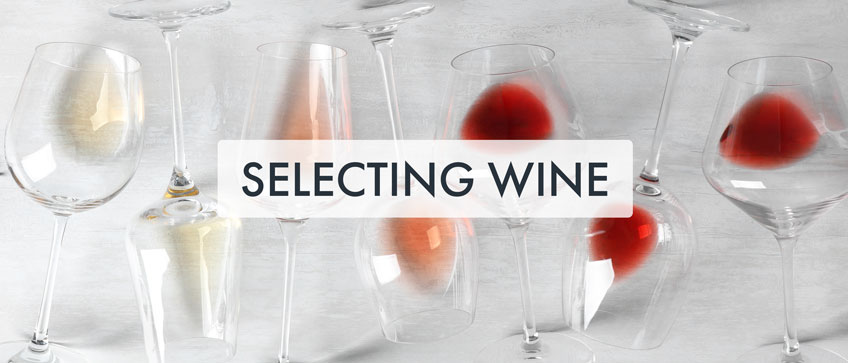
Selecting Wines
Not all wines are created equal and we could go on and on about how to select wines but here are some general guidelines to help you. Using a three tier approach, you can enjoy and grow your wine collection.
Tier 1 - Wines for enjoying
These are wines that are ready to enjoy at the moment you purchase them and wine that you will drink regularly. These wines are also not meant to be aged and are already at their peak when purchased.
Tier 2 - Wines for aging
These wines have potential to appreciate in value over time and will be enjoyed occasionally. Consider these your special occasion wines that require minimal aging time and will be at their peak in only several years.
Tier 3 - Wines for investing
These are the special jewels in your collection and you will want to leave them be for as long as possible. These valuable and delicate wines will become richer and more valuable over an extended period of time.
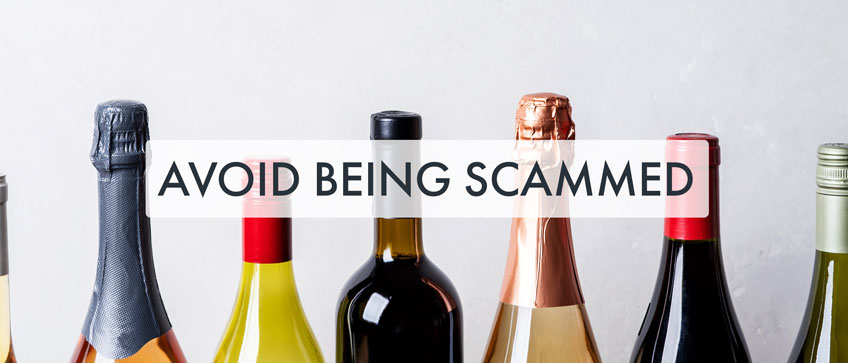
Avoid Being Scammed
When purchasing a truly exceptional bottle of wine, be sure that your bottle isn't counterfeit. It may be shocking to hear but there are counterfeit wine bottles out there attempting to mimic the finest vintage wine labels. Here are some general tips to avoid getting scammed:
- Inspect the label - Ultrawhite wine labels were introduced in 1957. Any wine claiming to be older than that, should be inspected to see whether the label shines under blue light. If it does, chances are it is a counterfeit bottle.
- Seek sediment - Aged red wines contain sediment because sediment inevitably builds over time. Any vintage wine lacking any sediment should raise alarms. Be very gentle with the bottle when inspecting for sediment. Do not shake or agitate the sediment too much but see if the sediment has movement to it. If the sediment doesn't move, it may be a sign of mimicry.
- Look for label oxidation - Old wine bottles should have a consistently oxidized label all across the label. Deception techniques for falsely creating oxidized labels include tobacco staining, sandpapering, and even oven-baking, which often lead to an uneven look to the coloring of the label.
- Inspect the cork - Counterfeiters will go as far as swapping out wine corks to provide the impression that the bottle is authentic. Two-pronged cork puller will leave grooves on the cork. Inspect them carefully for any suspicious details.
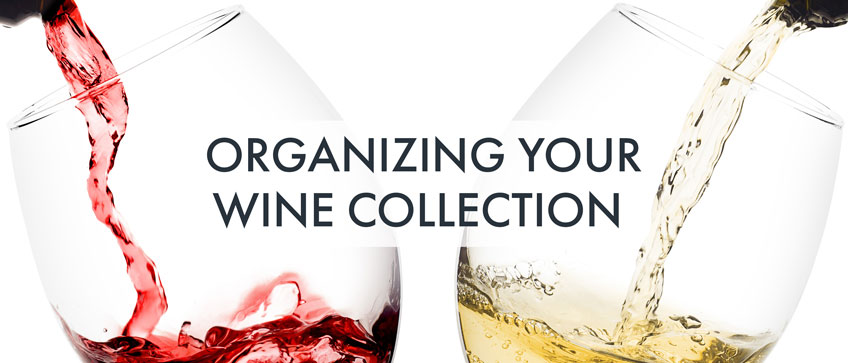
Organizing Your Wine Collection
As your collection grows, you will want a means to easily keep track of all the wine you have and which ones you have available for drinking. Not only is this important for your sanity but it will also help you keep track of your investment. These are our tips to keep your collection organized:
- Track the lifespan of each bottle - Estimate when the vintage will be at its peak and record a date for drinking or selling. We recommend keeping a log or spreadsheet of your collection with dates for each of your wines.
- Never keep your guest waiting - This inventory will also help you track your ready-to-drink wines, so you'll never have to dig through your collection to find a drinkable bottle. Also, you can always have a selection of drinkable wine for your guests to select from.
- Protect your investment - Cataloging your collection helps protect you valuable assets from unforeseen circumstances, like fires, earthquakes, floods, and other natural disasters.


 Single Faucet Kegerator Beer Dispensers
Single Faucet Kegerator Beer Dispensers Dual Faucet Two Tap Kegerators
Dual Faucet Two Tap Kegerators Triple Faucet Three Tap Kegerators
Triple Faucet Three Tap Kegerators Undercounter Built-In Kegerators
Undercounter Built-In Kegerators Outdoor Kegerator Beer Dispensers
Outdoor Kegerator Beer Dispensers Commercial Kegerators
Commercial Kegerators Mini Kegerators
Mini Kegerators Cold Brew & Nitro Coffee Dispenser Kegerators
Cold Brew & Nitro Coffee Dispenser Kegerators Carbonated Water Kegerators
Carbonated Water Kegerators Home Brew Kegerators
Home Brew Kegerators 15" Kegerators
15" Kegerators Kombucha Equipment
Kombucha Equipment Guinness® Dispensing Kegerators
Guinness® Dispensing Kegerators Vending Kegerators
Vending Kegerators Wine Kegerators
Wine Kegerators Kegerator Cabinets
Kegerator Cabinets Kegerator Covers and Accessories
Kegerator Covers and Accessories Kegerators
Kegerators Kegerator Conversion Kits
Kegerator Conversion Kits Kegs & Keg Accessories
Kegs & Keg Accessories Beer Faucets
Beer Faucets Beer Shanks
Beer Shanks Draft Beer Towers
Draft Beer Towers Keg Taps Couplers
Keg Taps Couplers Regulators & Gas Equipment
Regulators & Gas Equipment Beer & Gas Line Hose
Beer & Gas Line Hose Co2 and Nitrogen Air Tanks
Co2 and Nitrogen Air Tanks Beer Line Cleaning Equipment
Beer Line Cleaning Equipment Drip Trays
Drip Trays System Fittings
System Fittings Jockey Boxes
Jockey Boxes Keg Beer Party Pumps
Keg Beer Party Pumps Glassware & Accessories
Glassware & Accessories Guinness® Dispensing Equipment
Guinness® Dispensing Equipment Remote Glycol Systems
Remote Glycol Systems Wine Cooler Refrigerators
Wine Cooler Refrigerators Wine Cellar Cabinets
Wine Cellar Cabinets Wine Racks
Wine Racks Cooling Units
Cooling Units Wine Dispensing Systems
Wine Dispensing Systems Wine Glasses
Wine Glasses Wine Accessories
Wine Accessories Howard Miller Wine & Spirits Furniture
Howard Miller Wine & Spirits Furniture Wine Making
Wine Making Nitro Hot Draft System
Nitro Hot Draft System Ready to Drink Bag-in-a-Box Coffee Dispenser
Ready to Drink Bag-in-a-Box Coffee Dispenser Nitrogen Infusers
Nitrogen Infusers Nitrogen Beer Regulators
Nitrogen Beer Regulators Nitrogen Tanks & Generators
Nitrogen Tanks & Generators Nitro Cold Brew Coffee Kegs
Nitro Cold Brew Coffee Kegs Cold Brewed Coffee Tools
Cold Brewed Coffee Tools Espresso Machines
Espresso Machines Cleaning Equipment
Cleaning Equipment Outdoor Appliances
Outdoor Appliances ADA Appliances
ADA Appliances Panel Ready Appliances
Panel Ready Appliances Commercial Grade Appliances
Commercial Grade Appliances Beverage Centers
Beverage Centers Refrigerators
Refrigerators Ice Makers
Ice Makers Water Dispensers & Accessories
Water Dispensers & Accessories Freezers
Freezers Blenders & Juicers
Blenders & Juicers Home Brew Equipment Kits
Home Brew Equipment Kits Fermentation Equipment
Fermentation Equipment Boiling and Mashing Equipment
Boiling and Mashing Equipment Home Brew Beer Kegs
Home Brew Beer Kegs Home Brew Kegerator Conversion Kits
Home Brew Kegerator Conversion Kits Brewing Tools
Brewing Tools Home Brew Ingredients
Home Brew Ingredients Cleaning Chemicals
Cleaning Chemicals Test Equipment
Test Equipment Home Brew Beer Bottles and Bottling Equipment
Home Brew Beer Bottles and Bottling Equipment Brewery Fittings
Brewery Fittings Draft Beer Equipment
Draft Beer Equipment Homebrewing Equipment
Homebrewing Equipment Wine Equipment
Wine Equipment Luxury Appliances and Refrigeration
Luxury Appliances and Refrigeration Coffee Equipment
Coffee Equipment Home Bar & Barware
Home Bar & Barware Kombucha
Kombucha The Beverage Blog
The Beverage Blog Frequently Asked Beer Questions
Frequently Asked Beer Questions Shop by Brand
Shop by Brand Shop by Category
Shop by Category



